Manko (Lake Man), Waterfowl・Wildbird Center
Nature
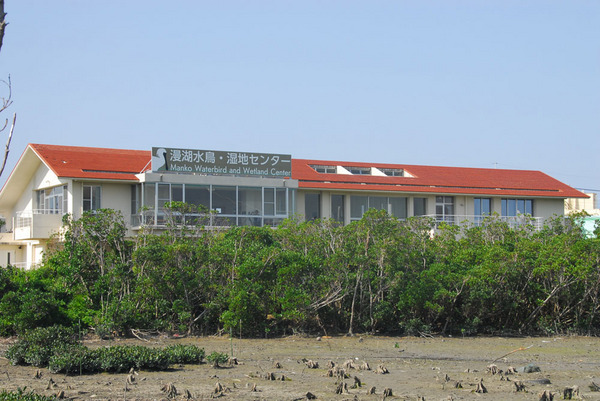

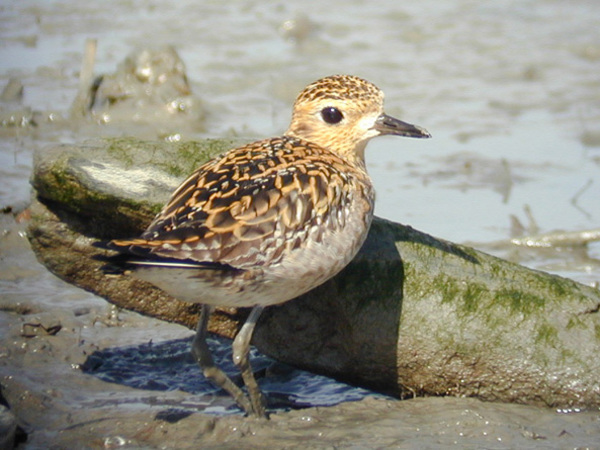
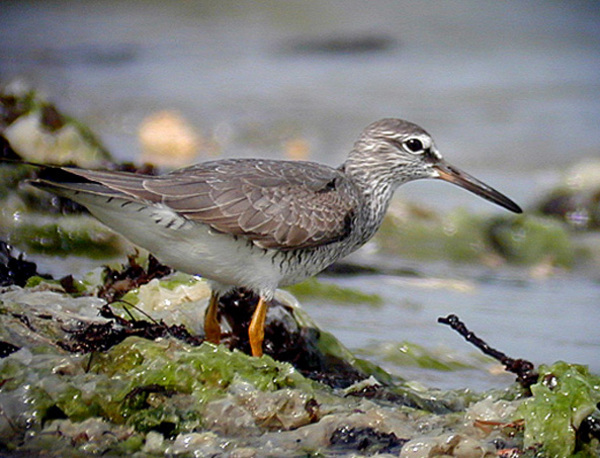
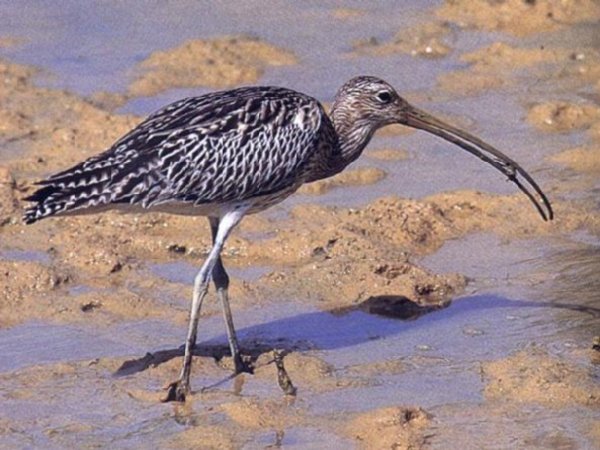
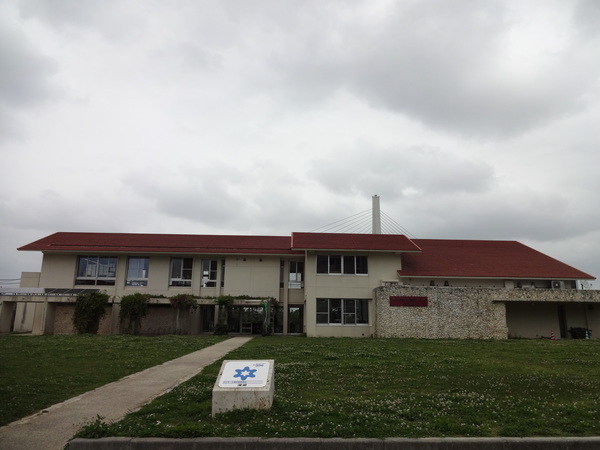
Manko (Lake Man) is a wetland registered under the Ramsar Convention. The wetland is a short distance from the center of the city; even in the urban environment, various creatures such as waterfowl and crabs can be observed.
About 200 kinds of birds, including 101 different waterfowl, have been observed, at present count. The number includes endangered species such as Black-faced Spoonbills, Falcons, Black-winged stilts, and common redshanks. In the season from fall to winter, as well as spring, snipes and plovers visit; also observable are flights of more than 100 Stints and Pacific golden plovers. There is plenty of benthos bait, such as shells, crabs and, lug worm for those birds. As well, another highlight is when numerous crabs arrive all over the tideland at the ebb tide in midsummer. People visit Manko to take a break, apart from the bustle of the city, to observe various creatures or for practical environmental education.
Basic information
- Address
- 901-0241 982-Aza Tomishiro Naha Okinawa
- TEL
- 098-840-5121
- Business hours
- 9:00 - 17:00
- Close day
- Every Monday (※ if an official holiday falls on Monday, then the next day will be closed).
War memorial day (June 23)
New years holiday (December 29 - January 3) - Charge
- Free
- Parking
- About 30 free car parking spaces.
- Access information
- Take the "Yui rail" from Naha Airport and get off at Onoyama-kouen station. Walk about 15 minutes. By bus take the (#55, or #88, or #98) and get off at Oroku bus stop. A 10-minute walk.
- URL
- http://www.manko-mizudori.net
Additional Information
- Barrier-free
- Academic information
- The name Manko first appears in an old Chinese documents of the 1600's. Around 1700, Manko, an inlet with small islands, spread out in the back of Naha Port. During the Ryukyu Kingdom era, a picture was drawn with boats from China anchored at Manko. In the Taisho era, the town of Naha reclaimed land, but not much of the Manko area was reclaimed; therefore, Manko was kept as an enclosed bay. After the war, as Naha’s development continued, and the area around Manko was reclaimed to its present form. Manko has historical and cultural value, as there are the remains of Tomigusuku Castle and is the origin of Haree (dragon boat racing).
- Quote
- Manko, Waterfowl・Wildbird Center Homepage
